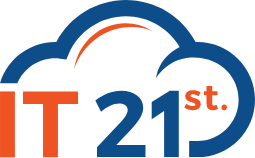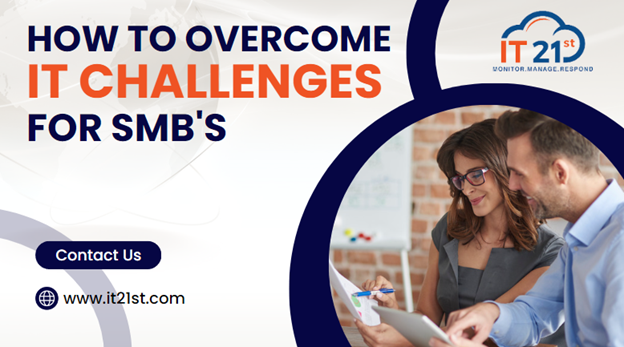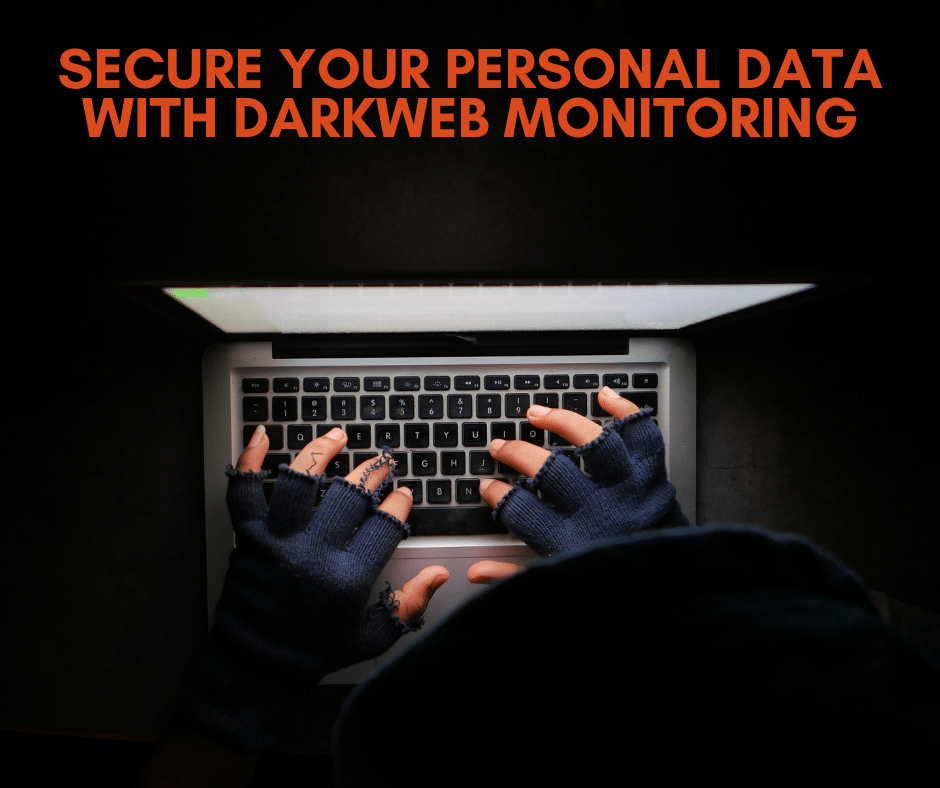
SCENARIO:
A small family-owned construction company made extensive use of online banking and automated clearing house (ACH) transfers. Employees logged in with both a company and user-specific ID and password. Two challenge questions had to be answered for transactions over $1,000.
The owner was notified that an ACH transfer of $10,000 was initiated by an unknown source. They contacted the bank and identified that in just one week, cybercriminals had made six transfers from the company bank accounts, totaling $550,000. How? One of their employees had opened an email from what they thought was a materials supplier but was instead a malicious email laced with malware from an imposter account.
ATTACK:
Cybercriminals were able to install malware onto the company’s computers, using a keylogger to capture the banking credentials.
A keylogger is a software that silently monitors computer keystrokes and sends the information to a cyber-criminal. They can then access banking and other financial services online, using valid account numbers and passwords.
RESPONSE:
The bank was able to retrieve only $200,000 of the stolen money in the first weeks, leaving a loss of $350,000. The bank even drew over $220,000 on the business’ line of credit to cover the fraudulent transfers. Not having a cybersecurity plan in place delayed the company’s response to the fraud.
The company also sought a cybersecurity forensics firm to:
• help them complete a full cybersecurity review of their systems
• identify what the source of the incident was
• recommend upgrades to their security software
IMPACT:
The company shut down their bank account and pursued legal action to recover its losses. The business recovered the remaining $350,000 with interest. No money for time and legal fees were recovered.
LESSONS LEARNED:
1. Get notified – set up transaction alerts on all credit, debit cards, and bank accounts.
2. Restrict access to sensitive accounts to only those employees who need access; change passwords often.
3. Companies should evaluate their risk and evaluate cyber liability insurance options.
4. Choose banks that offer multiple layers of authentication to access accounts and transactions.
5. Create, maintain, and practice a cyber incident response plan that is rapidly implementable.
6. Cybercriminals deliver and install malicious software via email. Train employees on email security.
DISCUSS:
• Knowing how the firm responded, what would you have done differently?
• What are some steps you think the firm could have taken to prevent this incident?
• Is your business susceptible? How are you going to reduce your risk?
WHAT TO DO?
Consult with a reputable cybersecurity firm in your local area to assess your current network and to avoid cyber-attack in your business. Make sure to ask this cybersecurity firm to provide cybersecurity awareness training to all your employees. It’s best that you are ready for these circumstances and take precautionary actions.
WHO WE ARE?
IT21ST is a local Cybersecurity and IT Solutions firm that has been assisting clients in a variety of industries with their IT challenges for over 33 years. Our consultation is completely free and comes with no obligations. Allow us to do a complimentary IT Cyber Security Assessment for you!
Please call us at 855-4IT21ST [855-448-2178] or contact us via email at info@IT21ST.com.
RESOURCES:
• NIST Small Business Cybersecurity Corner: https://www.nist.gov/itl/smallbusinesscyber
• National Cybersecurity Alliance: https://staysafeonline.org/cybersecure-business/
This resource, funded through NIST Federal Award 70NANB19H165, is intended to be used for general education purposes. The content of the case studies is a combination of publicly available information, business-submitted information, and fictional details to create an educational scenario.



